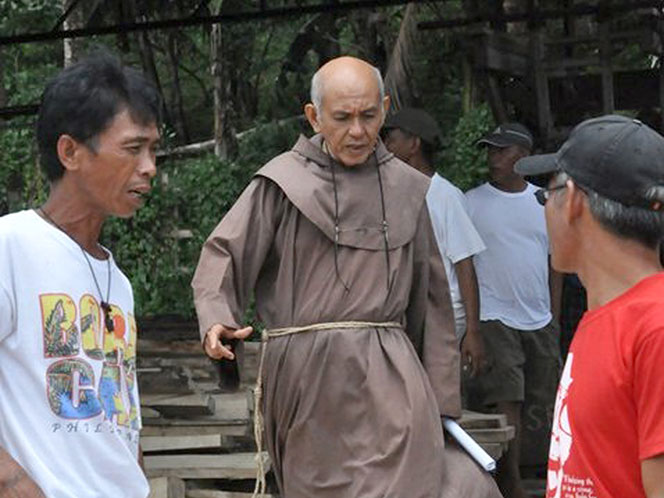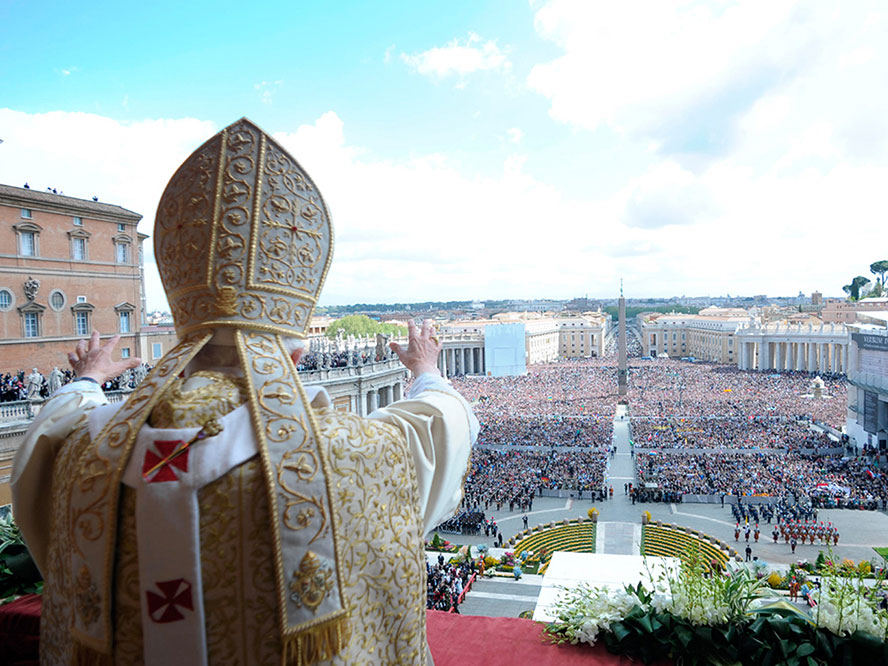The recent cycles of attacks and counterattacks between Israel and Hamas have made headlines. It was the second bloody military intervention in Gaza in four years. In 2008, the clash lasted 22 days, leaving more than 1,400 Palestinians dead. Violence recently repeated with high costs: innocent victims, displaced people and terrorized civilians, and a massive destruction of houses and facilities. As reported by AFP, “direct damages caused by Israeli airstrikes in Gaza have cost US$545 million while indirect damages added up to some US$700 million.” Of course, the damage of this war is never on one side only. Israel got its share as well. The violence ended after a very fragile ceasefire was reached through Egyptian mediation.
This is more than a regional conflict. There are large economic, political and strategic interests at stake. What seems to be a local problem is now projected as an issue of global security, a fight against terrorism, the good against evil… This is true of the Gaza conflict, or in Syria, Afghanistan, Iraq, Sudan, Congo and many other places in the world. Alliances are created and, to defend interests, a cycle of violence unfolds over and over again.
The latest Global Militarization Index, recently released by the Bonn International Center for Conversion (BICC) lists Israel at the top as the world’s most militarized nation. Is it just a matter of ensuring the security of its people? War is the worst pandemic, easy to burst at any time and place, fast to propagate and intensify, with great losses, but it also contributes to regenerate economies of those who make millions in the weapon’s trade.
Every two years, the Special Operations Force Exhibition (SOFEX) takes place at the King Abdullah I Airbase in Amman, Jordan. It is a four–day event that attracts exhibitors and national pavilions from all corners of the globe, growing each year in the number of participants that include “exhibiting companies, international pavilions and international delegations headed by ministers of defense, chiefs of staff and special operations commanders. Numerous impressive deals are signed at every SOFEX event. Shockingly, people gather from all corners of the world in what may seem a cordial gathering but, at the end of the day, they are buying weapons to destroy each other; some advocating self–defense; others, the need to fight terrorism, still others to equip peace corps for order and peace.. It is an exhibit of the most sophisticated weaponry, where nations spend millions of dollars preparing for war in the name of peace; preparing to kill in the name of saving lives; preparing to destroy in the name of protecting their people. Machine guns, tanks, missiles and bombs are bought like they are luxury items for collection, all in the name of peace. The next SOFEX is already planned for May, 2014 (www.sofexjordan.com).
During the recent armed conflict between Israel and Hamas, thousands of Israeli reservists were asked to align for the possibility of a ground invasion. Natan Blanc, a 19–year–old Israeli, refused despite military duty being compulsory for all Israeli Jews upon turning 18. Blanc’s refusal was considered a “spark of sanity and hope amid the darkness of this war” (www.ncronline.org). His motives were clear – “the occupation is anti–God, anti–love and staggeringly, constantly violent.” Blanc is being held at a military base but his choice boldly calls for the urgent need to break the bloody cycle of war.
I feel like singing along with John Lennon: Give peace a chance!

















